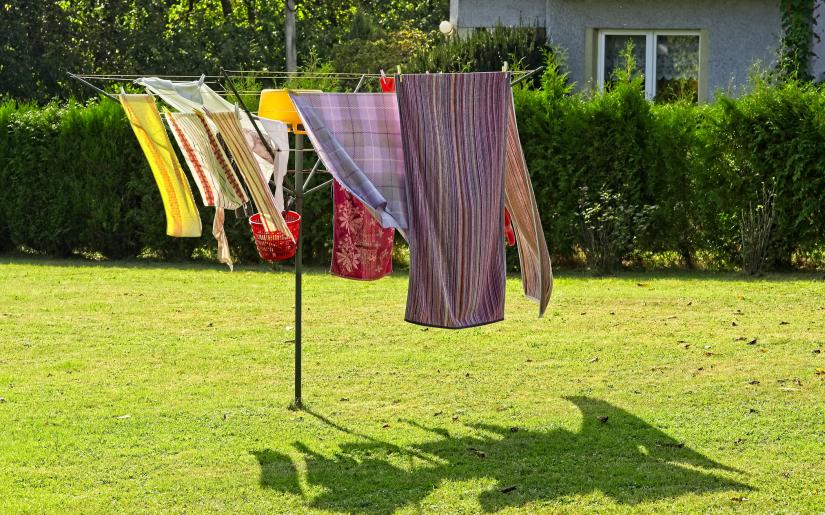UTS Business School has conducted new research that measures and ranks the effectiveness of various actions individuals can take to reduce their carbon footprint.

Drying clothes on a line is commonly believed to be an effective way to reduce carbon footprint, however the research found that it's not as impactful as other actions such as shifting superannuation to ethical funds. Photo by Gleti via iStock.
According to recent research conducted by the UTS Business School, certain individual actions are more effective than others in reducing carbon footprints. The study identified that among the actions considered, installing solar panels on homes, switching to green energy plans, and shifting superannuation to ethical funds have the greatest impact in fighting climate change.
The research was conducted by the UTS Business School and was included in a new whitepaper published by Australian Ethical Investment Ltd.
“Our research found that, among a set of common everyday actions considered, switching your superannuation over to an ethical or responsible fund was the third most effective way to reduce emissions, but one that most consumers had not considered,” said Associate Professor Gerhard Hambusch.
Only two in five Australians identify themselves as an investor, despite 86% having their retirement savings invested in a superannuation fund.
Switching super or investments to an ethical option makes it harder and more expensive for those companies that are not aligned with the Paris agreement’s targets to access capital or insurance, and acts as a powerful signalling mechanism when collective action is taken.
“The research tells us that many Australians care about climate change, so much so that 96 percent of them are taking action to reduce their carbon footprint,” said Maria Loyez, Chief Customer Officer, Australian Ethical Investment.
“But many people are not sure about the amount of CO2e emissions generated through various everyday actions, and the vast majority are unaware that investing their superannuation in an ethical fund can have a big impact by directing money away from companies that are contributing to climate change.”
Australians on average produce a staggering 15.4 tonnes of CO2e per person each year, which is among the highest in the world, and more than seven times the two tonnes of CO2e per person we need to reach in order to prevent catastrophic carbon change.
However, the research found that Australians think that their individual carbon footprint should be 5.5 tonnes to keep global warming under two degrees in line with IPCC and Paris Agreement targets.
Our research found that, among a set of common everyday actions considered, switching your superannuation over to an ethical or responsible fund was the third most effective way to reduce emissions, but one that most consumers had not considered.
Associate Professor Gerhard Hambusch
UTS Business School
According to the research by UTS Business School, there are more effective ways to reduce your carbon footprint than what Australians commonly believe. For example, installing solar panels, switching to a renewable energy plan, switching your super to an ethical fund, living car-free, and switching to a hybrid or electric car, are among the most impactful actions.
"The generation of electricity in Australia continues to be a significant contributor to carbon emissions, due to its heavy reliance on coal and other fossil fuels," said Associate Professor Vitali Alexeev.
Although recycling and drying clothes on a line are also commonly believed to be effective ways to reduce carbon footprint, the research found that they are not as impactful as the actions mentioned above. While Australians' views are aligned with the research findings on installing solar panels and switching to renewable energy, their perception on the impact of switching off devices rather than leaving them in standby mode needs to be revised.
Australian Ethical Investment commissioned this research to empower Australians by giving them clear information about how small actions can make a big difference.
“Our footprint is influenced by heavy reliance on coal-generated power, low EV car penetration, and our food choices, with our beef consumption the second highest globally, just behind Argentina,” said Ms Loyez.
“Australians are already seeing and feeling firsthand the impact of climate change, with an increase in extreme weather events like floods, droughts and fires,” said Ms Loyez.
“We punch well above our weight as individuals when it comes to CO2e emissions, and we really hope that this information will help people realise what small changes they can make in their own lives to fight climate change.”

